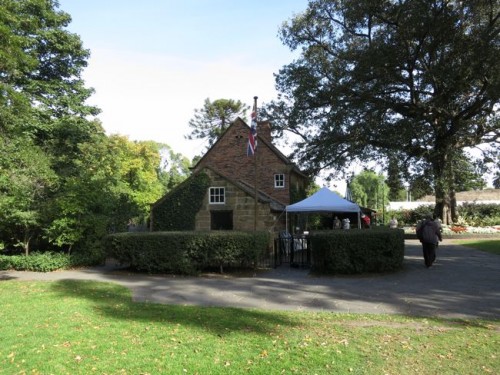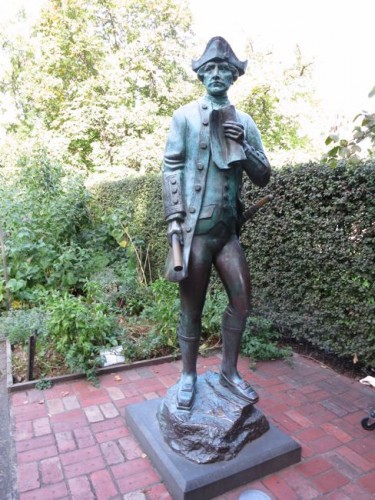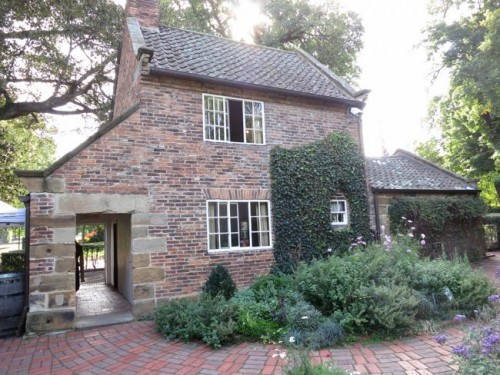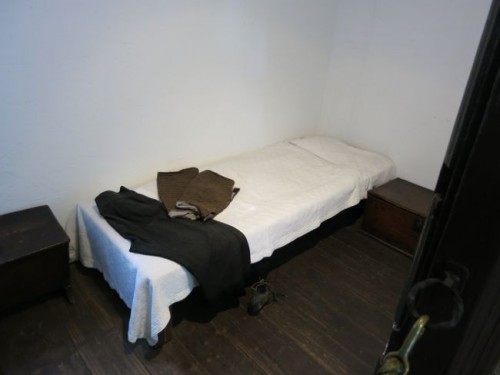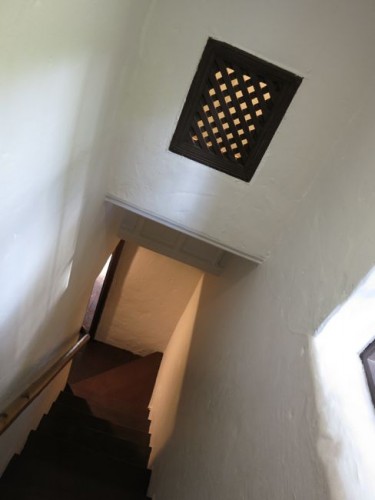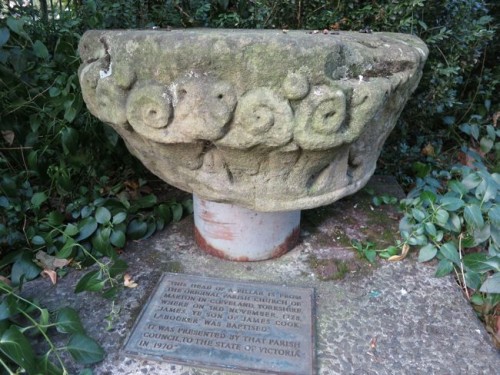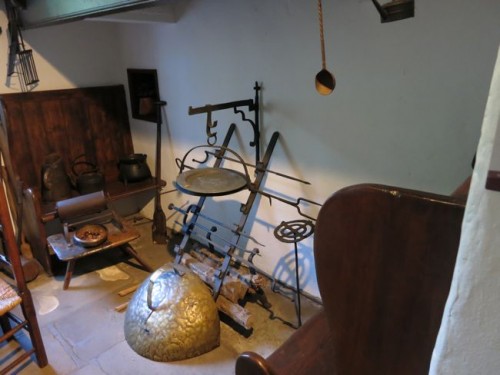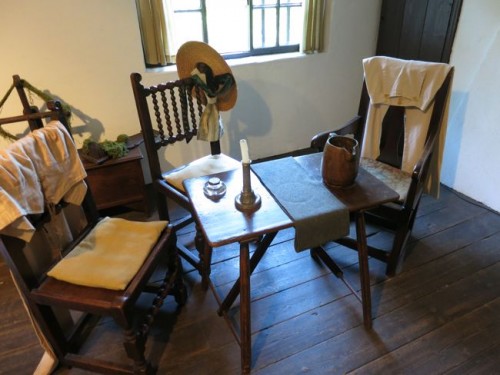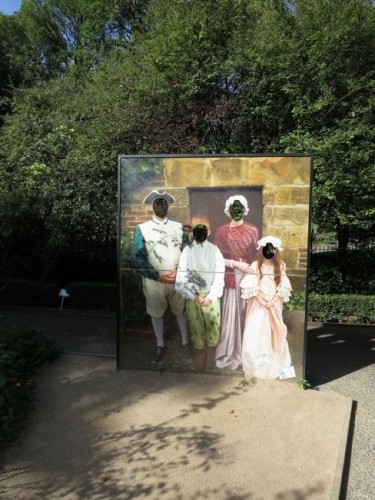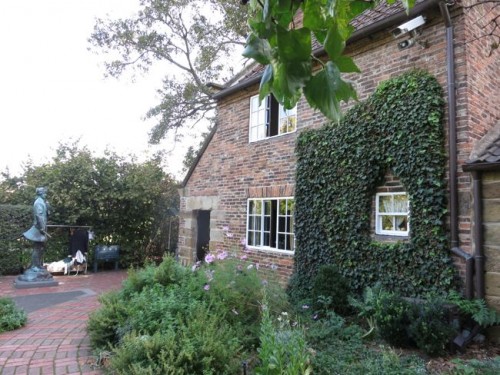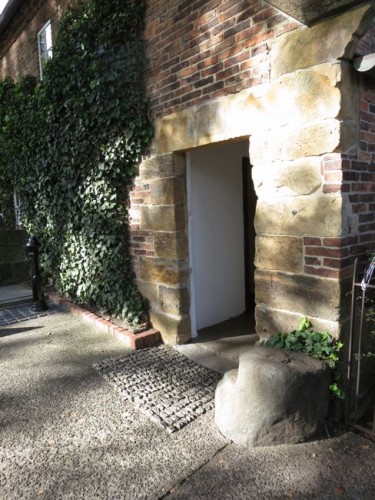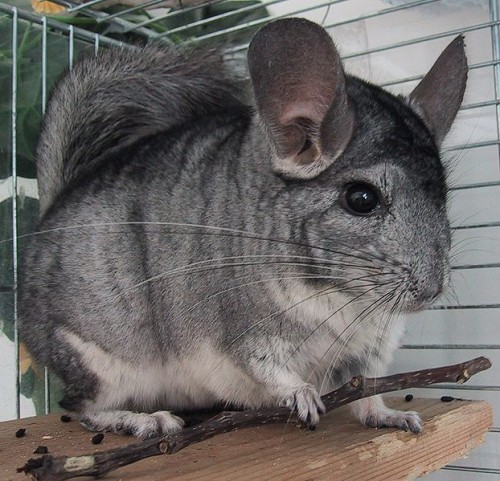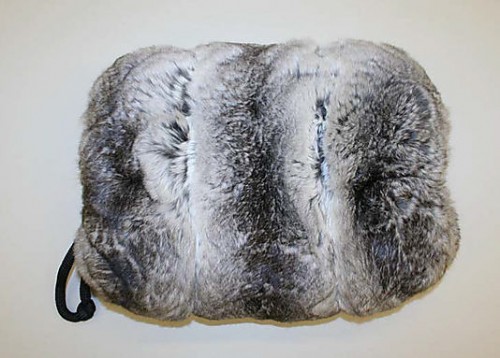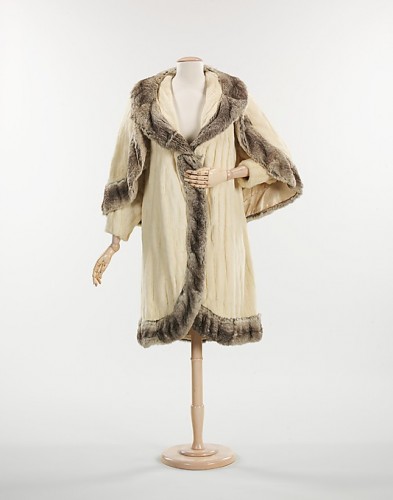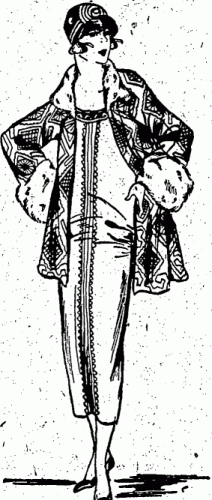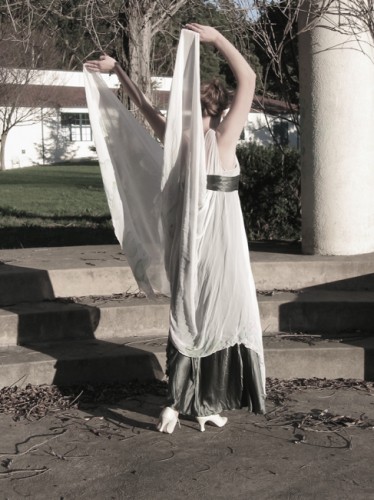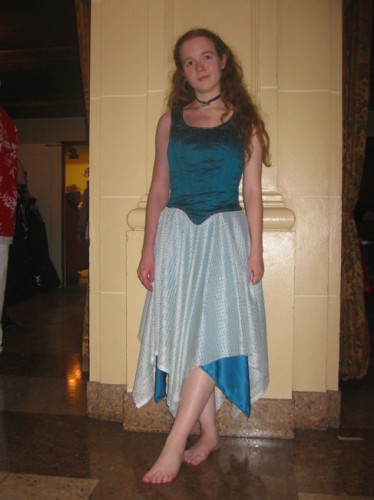While I was in Melbourne I stayed just a few blocks from the famous Fitzroy Gardens, and everyone told me that I simply must go visit Cooks’ Cottage “where Captain Cook was born.”
Exciting! An 18th century house in Australia, and one so closely linked to one of the most famous and influential explorers ever.
Wait, what?
Captain Cook wasn’t born in Australia!
And there weren’t European settlements in Australia until the 1780s! How could there be a proper stone cottage from 1750?
The answer is sad and prosaic.
The cottage was built in 1750, but not in its current location. It was built by Cook’s parents in England, sold in the 1930s, bought by a wealthy Australian, transported stone by stone to Melbourne, and re-assembled.
So really, it’s only kinda an 18th century cottage.
Darn.
And the news gets worse.
Despite what everyone in Melbourne (with the exception of the cottage staff) will tell you, Captain Cook wasn’t born in the cottage. It was built by his parents, but it was built when he was TWENTY SIX! Yeah. It’s very doubtful he ever lived in it – more likely he just visited.
Well, boo.
In fact, the closest the cottage really gets to Cook’s birth is a fragment of the column from the church he was baptised in in Merton, England.
Still, original or not it is the oldest building in Australia, and one of the few 18th century buildings I have ever seen (I really must get to Europe!).
The cottage is also fascinating in that it is a labourer’s house – Cook’s parents were simple farm workers, so even with 20th century plastering and a mish-mash of furniture, you got a clear sense of how ordinary people lived. The rooms are tiny, the staircase steep and narrow, the windows small.
The cottage was sort-of furnished, but I’m not enough of an expert on 18th century furniture and house fittings to confirm if they were accurate or not.
I can confirm that sadly, all the textiles associated with the cottage are not accurate. The visitors stopping through did seem to really enjoy the dress up box with its shiny white wigs and 1970s crocheted shawls, and that’s how my enthusiasm for costuming started as a young girl, so full points for that.
To be perfectly honest, the inaccurate textiles didn’t bug me – you wouldn’t want real 18th century textiles on display in open rooms with harsh antipoedean sunshine. What did bug me was this:
It’s based on a photograph of a pretend 18th century family in one of the cottage’s educational displays. The photograph is well…unfortunate…but if you are going to do a painting you can make anything up, so they could have at least drawn people in somewhat accurate and plausible garments. Even just garments that fit. Gah!
Ok. So that made me grumpy.
What made me happy was the garden – a reproduction 18th century cottage garden. Some of the labels referred more to 19th century flower symbology than 18th century concepts, but the plants were lovely, and the garden was suitably focused on food and health, and properly untidy.
Other good stuff:
The price. At $5 the entry fee properly balanced funding the house and being accessible to a reasonable range of people. It certainly seemed popular – there was a steady stream of visitors, mostly families with children,
And the staff were great – lovely and friendly and enthusiastic about their work. They were certainly excited about getting a visitor from Hawaii.
The verdict? A charming place to visit, particularly suited for families and children.

